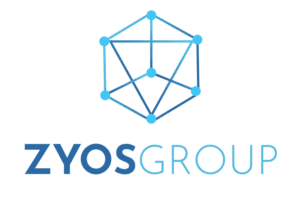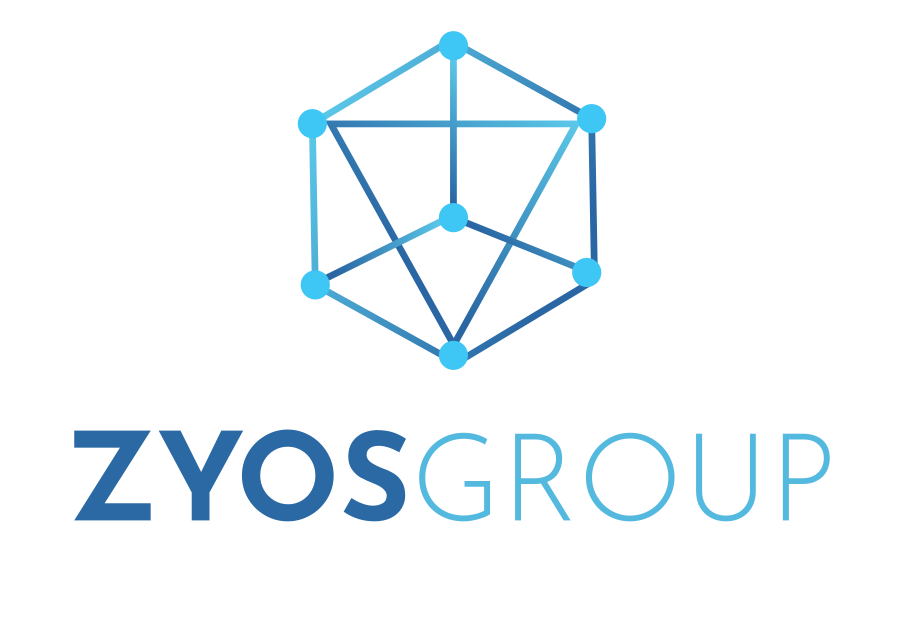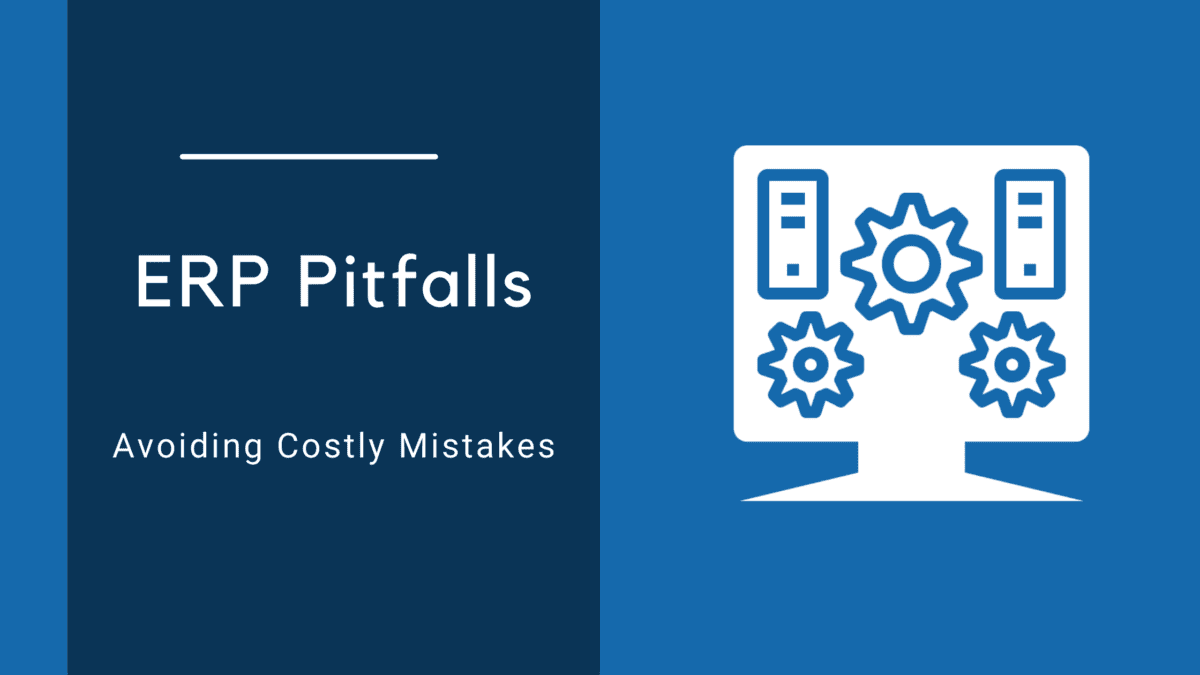
Avoid ERP Pitfalls
Table of Contents
Top 3 ERP Pitfalls To Avoid When Selecting & Implementing
Don’t Start With Systems, Start With Business Goals
Your small business’ priorities are likely different than a larger business, and as such, your ERP software should reflect that. Some typical small business problems that ERP software can help solve include:
- Manual processes
- Little to no visibility into business data
- Disparate systems
- Lack of reporting and analytics
Before any product-centric business begins assessing its ERP options, first define your postmodern ERP strategy.
You should ask yourself, will adopting new technology sustain my overall strategy and make improvements to my business processes? If the answer is no, perhaps starting with systems would’ve been your first pitfall.
Select Systems That Suits Your Size, Complexity and Business Needs
While ERP software can benefit businesses of all sizes, it’s not one-size-fits-all. Some platforms are built to better performance for larger enterprises, while others are best suited for smaller companies or startups. A smaller business likely requires a platform that is optimized to aid growth, while providing fewer employees who perform multiple duties more business intelligence and organization. What are the best ERP options for small businesses? Below are some of the top vendors.
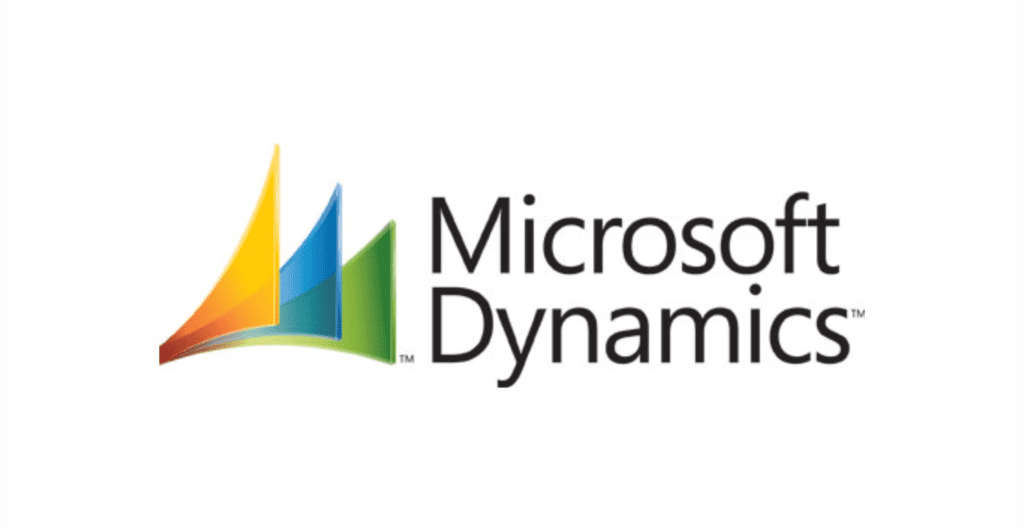
- Microsoft Dynamics
- Netsuite
- Sage
I’ve seen many examples of businesses procure systems they will grow out of in a year or use less than 2% of the features, but pay for 100% of them 😢. Small and mid-sized businesses are especially vulnerable…. and the last thing you need is enterprise features you don’t use and costs you don’t need to incur.
Class A (Enterprise): Designed for large corporations with more than $750 million in annual revenue. Serving multiple industries and complex businesses process structures requiring significant customizations. Example: ORACLE CLOUD/ SAP S/ Infor M3
Class B (Mid-Sized-Larger): Small to midsized companies with $250 million to $750 million in annual revenue. Companies of this size may serve multiple industries and multiple business units. Example: Dynamics/Sage/Epicor 10
Class C (Mid-Sized-Smaller): Small to midsized companies with $10 million to $250 million in annual revenue. These companies usually represent only one industry and have a single entity to manage. Example: Dynamics/ Infor Cloudsuite/ Netsuite
Class D (Small-Business) Designed for businesses with less than $10 million in annual revenue. Example: Dynamics/ Netsuite
This is not a complete list or rule of thumb.
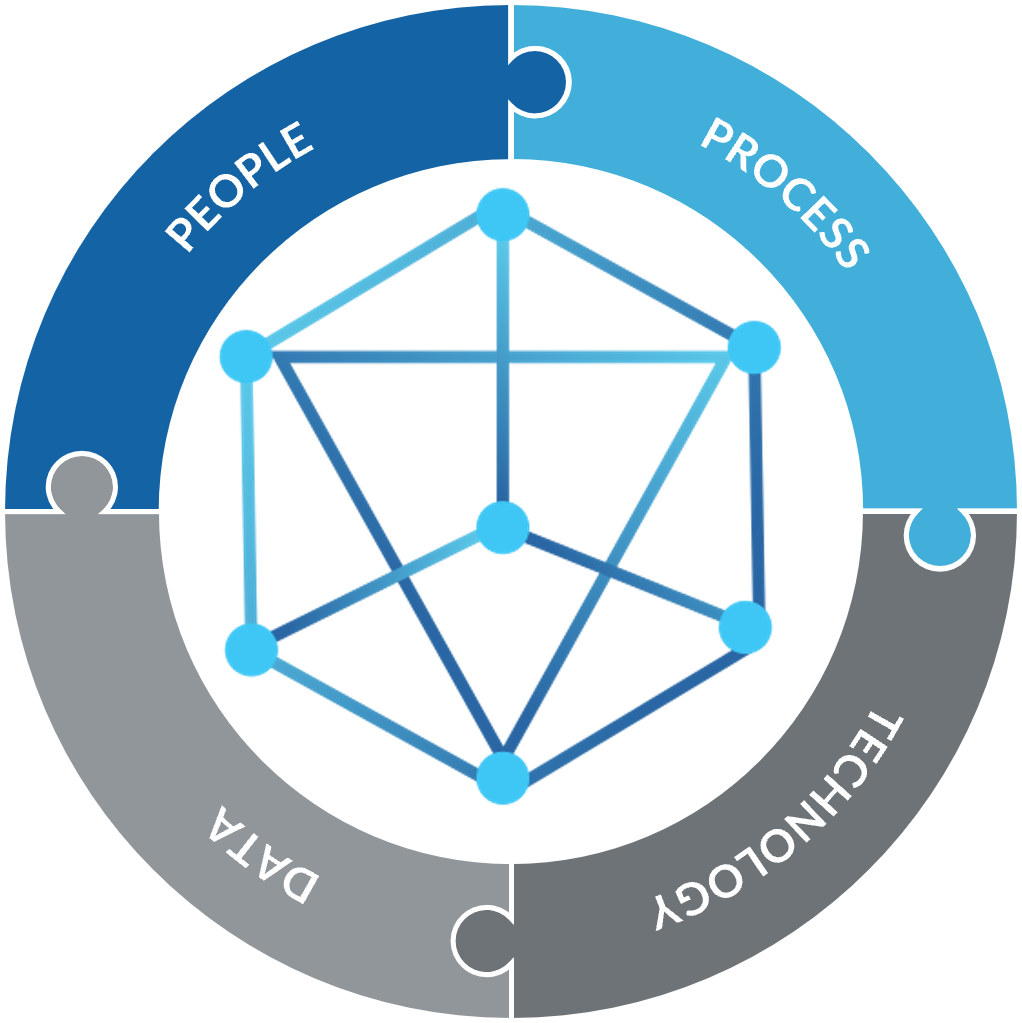
Include Key Stakeholders From The Start
Business leadership not being committed to the implementation is one of the top reasons for failure with ERP systems. Key stakeholders should be involved from the start, and operational level buy-in also helps improve process improvement in all functional areas and levels of the organization.
Other Reasons For ERP Failure
Poorly Defined Goals
Many companies see the introduction of ERP software as the magic bullet solution to all their problems, but don’t take sufficient time to define the specifics of what they’re trying to accomplish or how they’ll measure what success should look like.
Examples:
- Lower error rate
- Reduce throughput times
- Speed up time to market
- Improve service quality
- Improve collaboration between departments
- Automate and standardize workflows
- Provide accurate and up-to-date business analysis
- Support internationalization
Those considering a new ERP system face worrying statistics: surveys suggest that around half of all ERP projects fail, costs are significantly exceeded, schedules are not met, and improvements do not live up to expectations.
In looking at the data, the main reason is clear: The implementation of ERP software is new territory for most medium-sized companies, who lack experience with large and complex IT projects.
Although competence with ERP systems is gradually being built up throughout the course of an ERP implementation project, some of the most important strategic steps happen at the beginning stages – before companies have developed the ERP know-how. The consequence: mistakes at the early stages set the whole project off on the wrong track.
The truth is that most ERP projects do not fail because of a poor selection process or the functionality of the ERP software. They fail because of the ERP implementation process. The solution? Prepare your company and your team for the introduction of ERP to mitigate these risks.
Experience shows that there are seven typical pitfalls that endanger ERP projects. Read on to find out how to avoid them.
Poorly Defined Goals for the ERP Software
Many companies see the introduction of ERP software as the magic bullet solution to all their problems, but don’t take sufficient time to define the specifics of what they’re trying to accomplish or how they’ll measure what success should look like.
Often, every department expects a different improvement, so how can organizations know which requirements have priority? It’s important to have a clear documentation of what exactly you want to achieve with the ERP system and where the priorities lie. When you don’t have a detailed map of where you want to go, guiding you each step of the way, you’re likely to get lost amidst the dangerous distractions of politics, short-term thinking, and minor setbacks that turn into project derailments.
Examples:
- Lower error rate
- Reduce throughput times
- Speed up time to market
- Improve service quality
- Improve collaboration between departments
- Automate and standardize workflows
- Provide accurate and up-to-date business analysis
- Support internationalization
Lack of Sufficient Management Commitment
Most companies know that an ERP project requires a considerable amount of commitment and sometimes overtime work from employees, in addition to maintaining the day-to-day operations. But what about the management team? Leadership that’s disengaged or too busy can kill a project in its tracks. An ERP implementation isn’t about pushing a button and everything happens automatically: it takes time and careful attention to get right.
In order to succeed in the ERP implementation, the project team needs strong (and vocal) support from management. Communicating clearly and frequently with the company about the expectations for the project, helping free up the resources needed, maintaining a positive attitude and energy, showing appreciation, and making themselves available for planning sessions are key ways the management team can help overcome this pitfall.
Missing Expertise on Project Team
Every ERP implementation should be approached methodically. This starts with assembling the right project team, consisting of a project manager, key users and IT staff. To avoid later knowledge gaps, the key users should cover all relevant business areas, including purchasing, marketing, logistics, sales, production, controlling and service. The team needs to possess the right skills for the job, and needs a leader who deploys their skills well in a coordinated fashion through the ERP implementation.
Change Management Approach
Think of change management as a “change triangle” that includes technology/systems, processes, and people. You need to focus on all three parts of that triangle. Communicate openly and frequently with your people through many channels, being sure to address questions and concerns as they come up. It’s far better than objections and resistance to the change get aired, and responded to, early in the process rather than during it, where it can do more harm to the project at unexpected moments.
Production Processes Not Clearly Defined
In order for an ERP system to map the processes in your company, the current processes must be clearly and thoroughly documented. Process modeling is complex, so sufficient time should be allocated for this important preliminary work.
This is the time for optimization! Your software vendor should be able to help you evaluate your processes and find areas for improvement before they are mapped in your ERP. It pays to reevaluate and reorganize your workflows:
- Which processes are really necessary and useful?
- Which processes can be made more efficient with the help of the new software?
- Which workflows have not been updated recently, even though processes have changed?
Be open and flexible too, if the new software can not reproduce a specific process exactly as you are used to, it may make sense to tweak your process rather incurring the cost of custom programming. Analyzing and discussing all this in advance is crucial.
Fun Facts
As discussed, smaller businesses don’t require the same level of functionality compared to large businesses. There is no getting around the fact that ERP is an investment of time and money – ERP software for small businesses is less expensive but can still be a significant chunk of the budget. To soften the blow, below are some facts and figures regarding ROI on ERP for small businesses.
- Small businesses that implement ERP software are able to reduce operating costs by up to 20%. Other cost saving areas include admin costs and inventory costs.
- Small businesses that implement ERP software achieve 100% ROI within 27 months, on average
- Cloud ERP lowers upfront cost (compared to traditional on premise ERP) – as subscriptions are paid monthly. Cloud software also allows you to account for the cost as an operating expense (versus a capital expense for on-premise hardware).
I founded Zyos Group , specifically to solve this problem enable small and mid-sized businesses to reap the rewards of integrated transformational services (Information Technology, Security, Business Intelligence), with a focus on delivering rapid change through people process and technology for small and mid-sized businesses. Our solutions are customized to our customer’s unique needs and backed by over a decade of experience in regulated healthcare, and manufacturing verticals.
Want to transform your business today?
Next Steps
- Mission—Derived directly from the strategy, it’s the why, how, and capability.
- Insights—How to compile data, communicate, and use data to drive decisions.
- Integration—Rules, roles, and decision-making responsibility.
- Processes—Well-defined and efficiently designed to reach the desired outcomes
- Technology—Requirements for the capability in terms of hardware, software, tools, and services
- Talent—What skills and experience are needed for this capability to thrive?
We prove time and time again our business transformation framework, combined with our managed service portfolio, brings exponential value to our customers when compared against the status quo or competitors.
I believe we’ve accomplished what we set out to do in evolving the business, but the work of evolving a company is never done.
-Michael Dell
